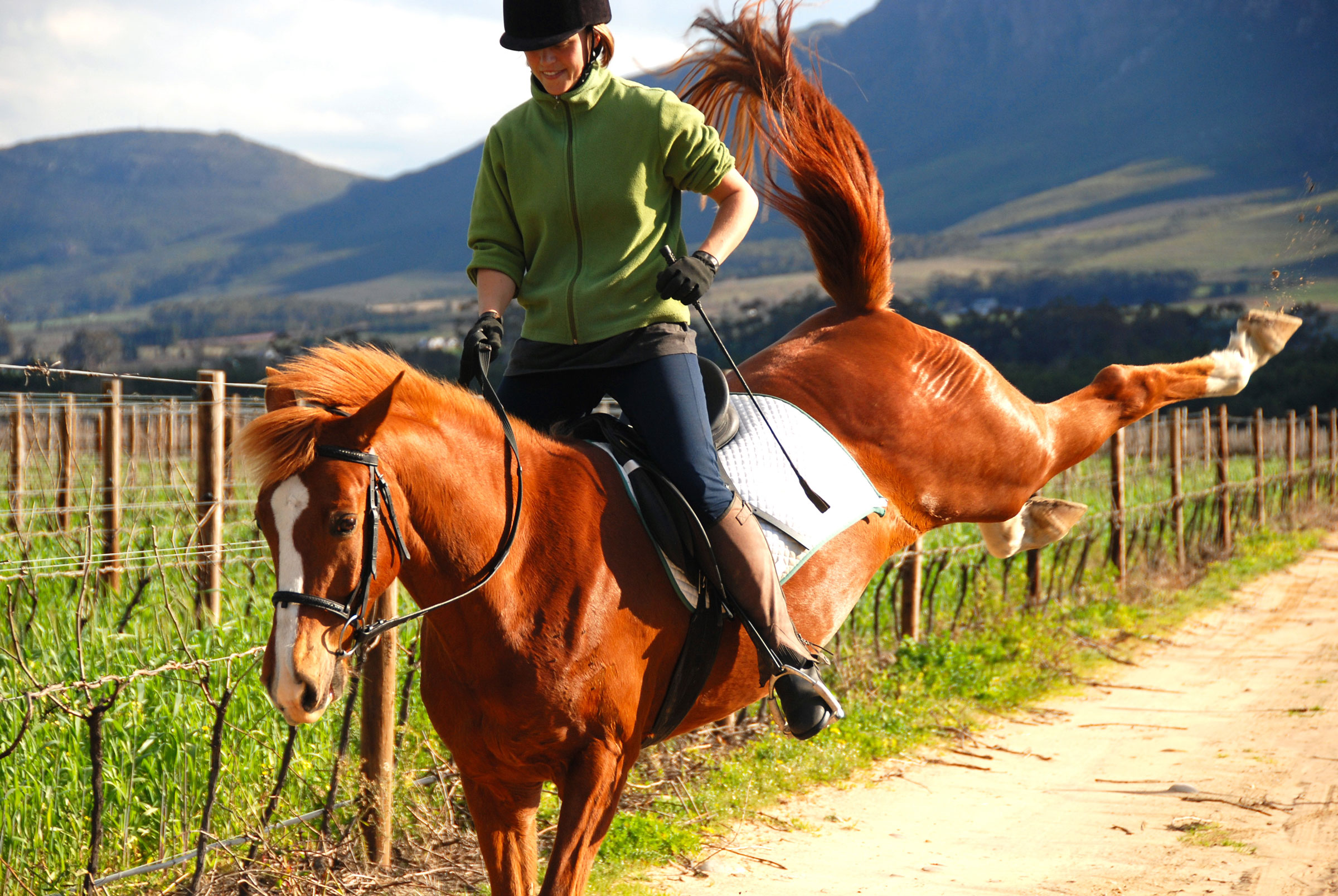
As a mare owner, you might have concerns about managing mare behavior, especially during her heat cycles (estrous cycle). Until now you’ve probably only had a couple of options to suppress estrous behavior by delaying her heat cycles: Either using oral daily altrenogest (a progesterone-like hormone such as Regumate) or having your veterinarian insert sterile marbles or other devices into the uterus.
Other mare owners who have the intention to breed often need to synchronize breeding timing due to show schedules or stallion availability.
Oral altrenogest given daily is effective, but there are safety concerns when the drug is handled improperly by women. Marbles have not proven to work effectively and have been implicated in cases of inflammation and infection.
At the 2019 American Association of Equine Practitioner’s (AAEP) Convention held in Denver, Colorado, a presentation discussed use of a drug-free, self-assembling intrauterine device called a Upod. Three egg-shaped, shatter-proof, magnetic beads are inserted through a specialized pipette into the uterus, where they assemble into a triangular configuration. The assembled Upod signals the mare that she is “pregnant,” so she stops producing hormones that initiate her estrous cycle and accompanying estrous behavior.
Researchers found that the Upod was retained in all the mares in the study. It is easy to insert and was easy to retrieve and to remove. And, while in the uterus, it is visible with rectal ultrasound or with an external metal detector placed on the abdomen.
Compared to the normal 17 days of diestrus in mares that did not receive the Upod, diestrus was prolonged up to two months with the Upod inserted. If placed in the uterus immediately after ovulation, diestrus persisted for 73 days. When inserted at any stage of the estrus cycle, duration of diestrus lasts 51 days.
The study further revealed that there is no change in uterine biopsy scores once the Upod is removed and no impact on fertility—pregnancy occurred in 100% of mares following Upod removal.
Based on subjective reports, this technique subdues estrus-related behavior and improves rideability of the mare while not having adverse effects on uterine health.



